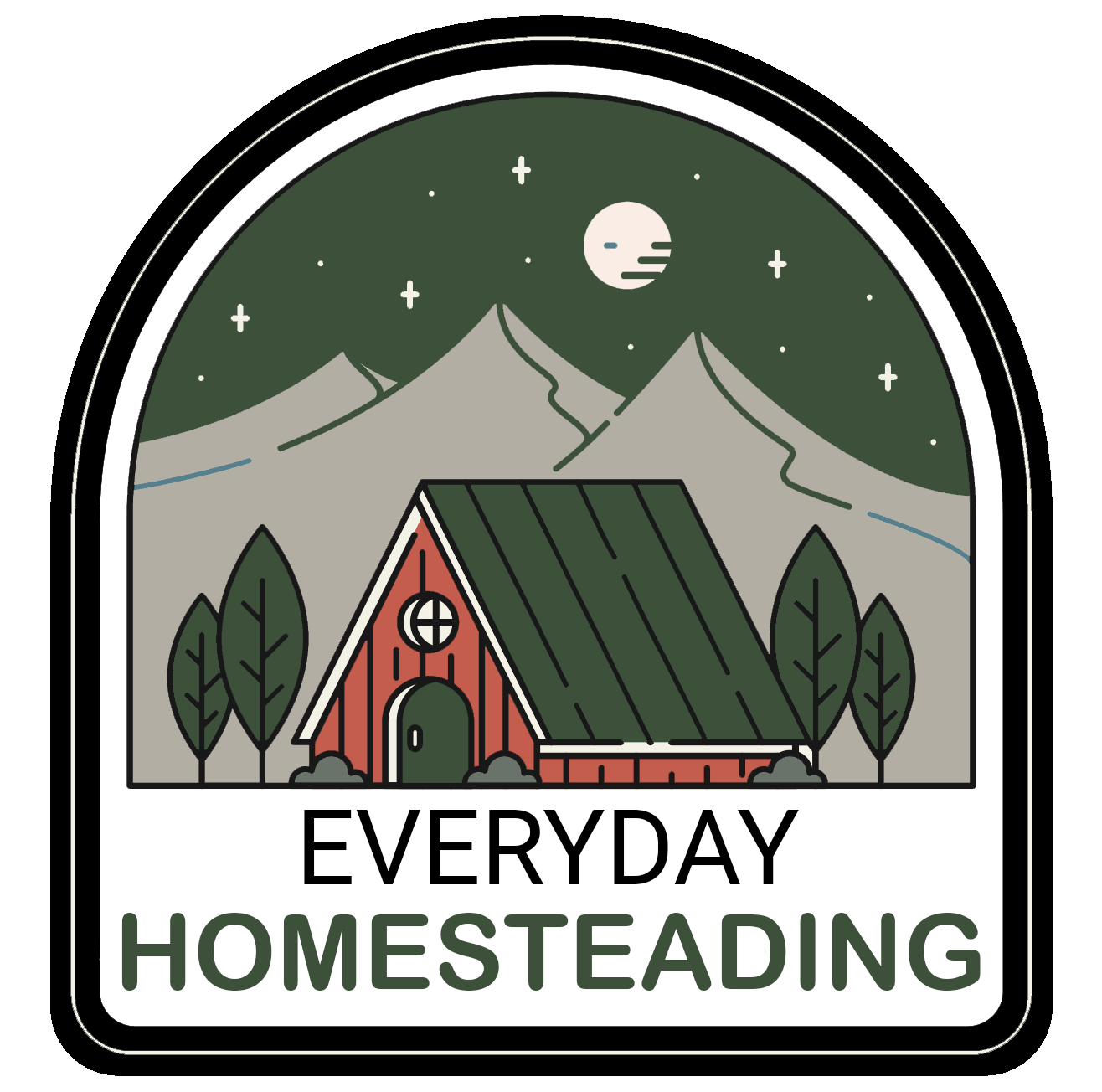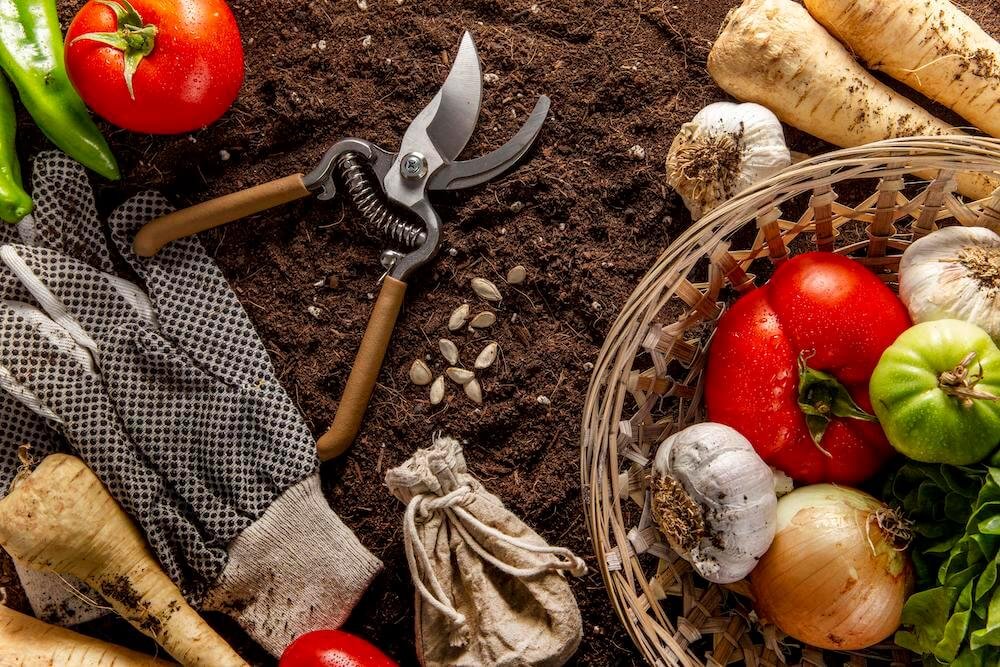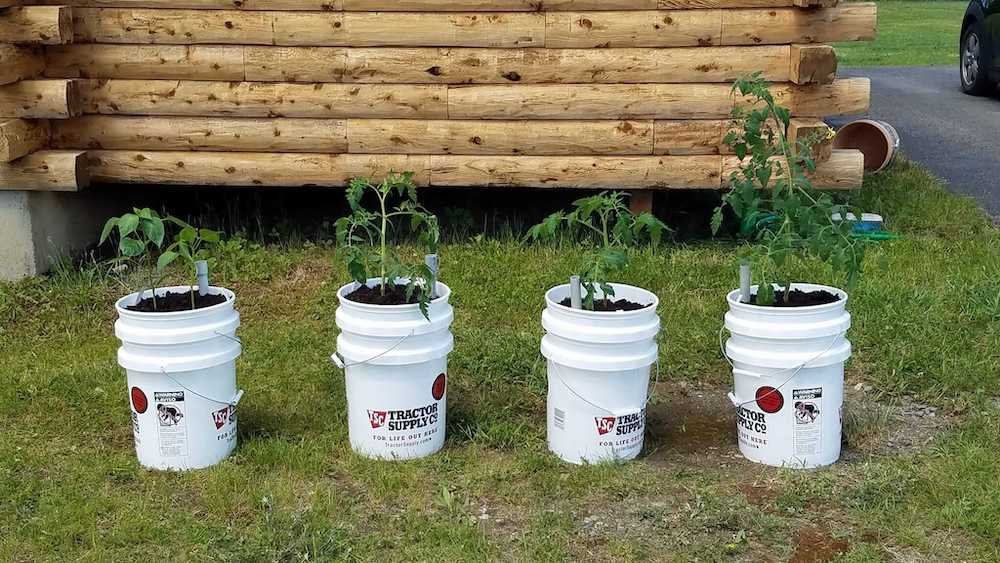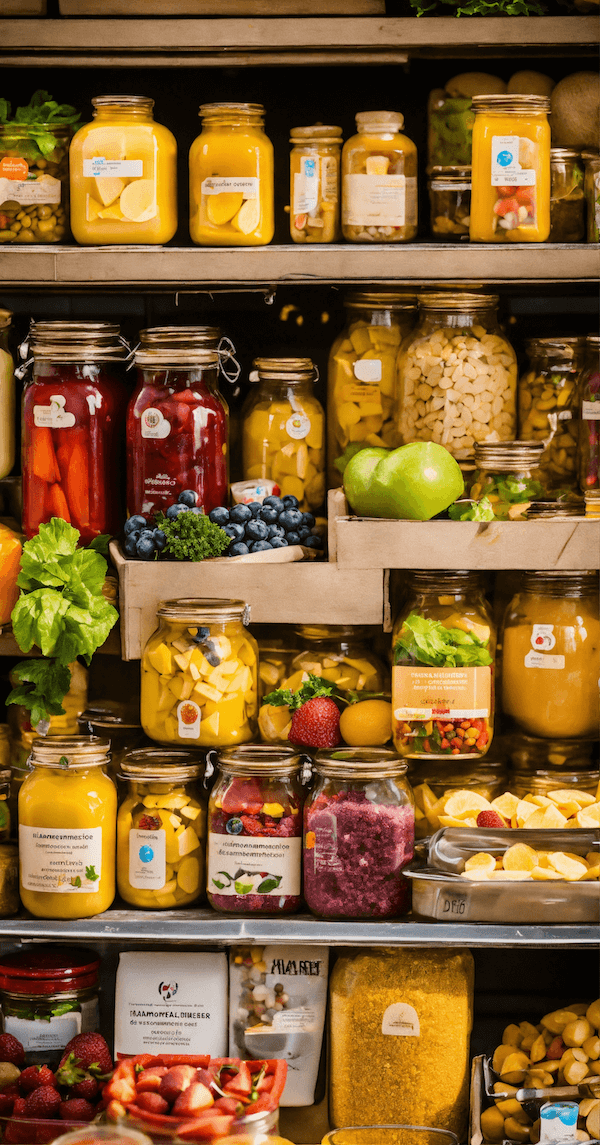10 Best States for Homesteading
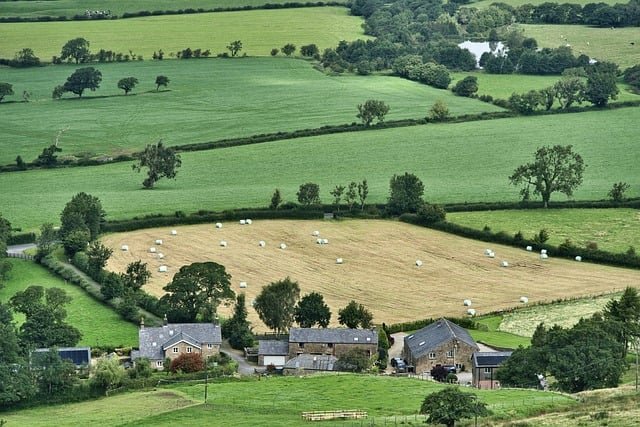
Homesteading is an increasingly popular lifestyle choice for those seeking self-sufficiency and a closer connection to nature. Choosing the best states for homesteading involves evaluating factors such as climate, land availability, local regulations, and community support. In this article, we will explore the 10 best homesteading states that offer fertile land, favorable climates, and supportive environments for aspiring homesteaders.
If you’re interested in documenting your journey, check out our guide on how to start a homestead blog for tips on sharing your experiences.
1. Oregon
Oregon is often cited as one of the best homesteading states due to its fertile land and diverse ecosystems. The state’s climate varies from coastal to mountainous, allowing for a wide range of agricultural activities, including vegetable gardening and livestock raising. Oregon’s progressive laws support small-scale farming and homesteading, making it an attractive option for those looking to live off the land.
- Cost of Living: Higher than the national average, especially in urban areas.
- Growing Season: Generally mild, with a growing season of about 6-8 months.
- Local Resources: Numerous farmer’s markets and organic co-ops.
- Community Support: Strong local food movement and active homesteading communities.
2. Vermont
Vermont is known for its stunning landscapes and strong sense of community, making it an ideal location for homesteaders. The state offers ample opportunities for growing organic produce and raising livestock. While Vermont’s cold winters can be challenging, many homesteaders find creative solutions to keep their animals warm and productive.
- Cost of Living: Higher than the national average, particularly in rural areas.
- Growing Season: Shorter, typically around 4-5 months.
- Local Resources: Access to local farms and community-supported agriculture (CSA) programs.
- Community Support: Vibrant community of farmers and homesteaders.

3. Tennessee
Tennessee’s mild climate and affordable land make it one of the best states for homesteading. The state is rich in natural resources and offers a variety of farming opportunities. Many homesteaders in Tennessee enjoy raising chickens for both eggs and meat, and the state’s agricultural diversity allows for a well-rounded homesteading experience.
- Cost of Living: Below the national average, making it accessible for new homesteaders.
- Growing Season: Long growing season of about 7-9 months.
- Local Resources: Abundant farmer’s markets and local produce.
- Community Support: Strong agricultural heritage and community networks.
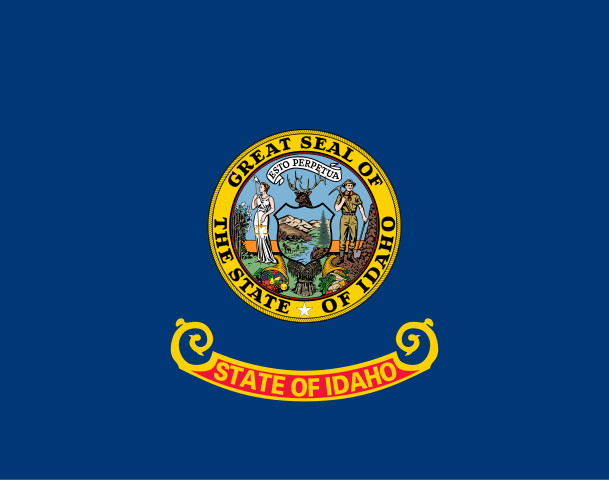
4. Idaho
Idaho is known for its vast open spaces and agricultural potential. The state’s diverse climate allows for a range of crops and livestock. With plenty of land available at reasonable prices, Idaho is an excellent choice for those looking to start a homestead.
- Cost of Living: Generally affordable, especially in rural areas.
- Growing Season: Varies by region, typically 4-6 months.
- Local Resources: Access to local farms and agricultural extension services.
- Community Support: Active homesteading groups and workshops.

5. Maine
Maine offers a unique blend of rural charm and natural beauty, making it a great state for homesteading. The state’s long growing season allows for diverse crops, and its coastal regions provide access to seafood. Maine’s supportive community of farmers and homesteaders fosters a collaborative spirit.
- Cost of Living: Moderate, with some areas being more affordable than others.
- Growing Season: Shorter, around 4-5 months, but with opportunities for cold-weather crops.
- Local Resources: Strong local food movement and access to fresh seafood.
- Community Support: Active homesteading community with local events.

6. Kentucky
Kentucky is known for its rich soil and favorable climate for agriculture. The state has a long history of farming and is home to many small-scale farmers and homesteaders. With its rolling hills and abundant resources, Kentucky is an attractive option for those looking to live off the land.
- Cost of Living: Low, making it an affordable option for homesteaders.
- Growing Season: Approximately 6-8 months.
- Local Resources: Numerous farmer’s markets and local produce options.
- Community Support: Strong agricultural community with support networks.
7. Colorado
Colorado’s diverse landscapes and climates make it a unique choice for homesteaders. From the mountains to the plains, the state offers a variety of agricultural opportunities. Colorado is particularly known for its organic farming movement and strong community support for sustainable practices.
- Cost of Living: Higher in urban areas, but rural areas are more affordable.
- Growing Season: Varies significantly, generally 4-6 months.
- Local Resources: Access to organic farms and markets.
- Community Support: Vibrant community of sustainable farmers.

8. Washington
Washington State boasts fertile valleys and a mild climate, making it ideal for growing a variety of crops. The state’s commitment to sustainability and local food systems supports aspiring homesteaders. With access to both farmland and coastal resources, Washington offers a well-rounded homesteading experience.
- Cost of Living: Higher in urban areas, but rural areas can be more affordable.
- Growing Season: Approximately 6-8 months, depending on the region.
- Local Resources: Strong local food movement and farmer’s markets.
- Community Support: Active homesteading groups and workshops.
9. New Mexico
New Mexico’s unique climate and culture make it a fascinating choice for homesteaders. The state’s arid environment allows for specific crops and livestock that thrive in dry conditions. New Mexico’s rich agricultural heritage and strong community support make it an appealing option for those looking to homestead.
- Cost of Living: Generally low, making it accessible for new homesteaders.
- Growing Season: Long growing season of about 6-8 months.
- Local Resources: Access to local markets and agricultural programs.
- Community Support: Strong community of farmers and homesteaders.
10. South Dakota
South Dakota offers vast open spaces and affordable land, making it an excellent choice for homesteaders. The state’s agricultural focus and supportive communities provide resources for those looking to live off the land. South Dakota’s climate can be challenging, but the rewards of homesteading are plentiful.
- Cost of Living: Low, making it an attractive option for new homesteaders.
- Growing Season: Shorter, around 4-5 months.
- Local Resources: Access to local farms and agricultural extension services.
- Community Support: Active homesteading groups and events.
Factors to Consider for Homesteading
Homesteading is a rewarding lifestyle choice that requires careful planning and consideration. Here are key factors to keep in mind as you embark on your homesteading journey:
1. Location
- Climate: Different regions have varying climates that affect growing seasons and types of crops and livestock. Research the climate zone of your chosen area.
- Soil Quality: Conduct soil tests to assess pH levels and nutrient content, as healthy soil is essential for gardening.
- Proximity to Resources: Consider how close you are to grocery stores, medical facilities, and agricultural supply stores.
2. Land Size and Layout
- Gardening Space: Determine how much land you need for gardens and consider the layout for sunlight exposure.
- Livestock Areas: Allocate space for coops and pastures, ensuring adequate fencing and shelter.
- Water Sources: Identify reliable water sources for irrigation and livestock.
3. Legal and Zoning Regulations
- Zoning Laws: Check local ordinances to see what activities are permitted on your land, including livestock and building structures.
- Permits and Licenses: Research any necessary permits for building or farming activities.
4. Financial Considerations when choosing the Best State for Homesteading
- Initial Costs: Factor in the costs of land, structures, and equipment.
- Ongoing Expenses: Account for recurring costs like property taxes, utilities, and feed for livestock.
- Income Generation: Explore potential income streams, such as selling produce or eggs.
5. Skills and Knowledge
- Gardening and Farming: Familiarize yourself with gardening techniques and pest management.
- Animal Husbandry: Learn how to care for livestock, including feeding and health management.
- Food Preservation: Acquire skills in canning and fermenting to store food.
6. Community and Support
- Local Groups: Join homesteading or farming groups to connect with others and share resources.
- Workshops: Participate in local workshops to learn new skills.
7. Personal Commitment
- Time Commitment: Be prepared to invest significant time in daily tasks like planting and animal care.
- Resilience: Cultivate mental and physical resilience to navigate challenges.
- Long-Term Vision: Define your long-term goals for your homestead to guide your decisions.

Homesteading Challenges
While homesteading can be incredibly rewarding, it also comes with its own set of challenges. Here are some common obstacles homesteaders may face:
- Weather Conditions: Extreme weather, such as droughts, floods, or harsh winters, can impact crop yields and livestock health. Homesteaders must be prepared to adapt their practices to changing conditions.
- Zoning Regulations: Local zoning laws can restrict certain activities, such as raising livestock or building structures. Understanding and navigating these regulations is crucial for successful homesteading.
- Financial Constraints: Starting a homestead can require significant upfront investment for land, equipment, and supplies. Budgeting and financial planning are essential to ensure sustainability.
- Time Commitment: Homesteading requires a substantial time investment for tasks such as planting, harvesting, maintaining animals, and managing resources. Balancing these responsibilities with other life commitments can be challenging.
Homesteading Skills
Finding the best states for homesteading might not be enough, to thrive as a homesteader, acquiring a diverse set of skills is essential. Here are some key skills to focus on:
- Gardening: Understanding soil health, crop rotation, and pest management is crucial for growing food successfully.
- Animal Husbandry: Knowledge of how to care for livestock, including feeding, breeding, and health management, is vital for those raising animals.
- Food Preservation: Skills in canning, fermenting, and dehydrating can help homesteaders store food for the winter months.
- Basic Construction: Learning carpentry and building skills can assist in constructing shelters, coops, and other structures needed on a homestead.
- Self-Sufficiency Skills: Skills such as sewing, cooking from scratch, and basic first aid can enhance a homesteader’s ability to live independently.
Future Trends in Homesteading
As the homesteading movement continues to grow, several trends are emerging that may shape the future of this lifestyle:
- Urban Homesteading: More people are finding ways to homestead in urban settings, utilizing small spaces for gardening, raising chickens, and practicing self-sufficiency.
- Permaculture Practices: The adoption of permaculture principles is becoming increasingly popular, focusing on sustainable and regenerative agricultural practices that work with nature.
- Technology Integration: Advances in technology, such as automated irrigation systems and solar energy solutions, are making it easier for homesteaders to manage their resources efficiently.
- Community Resilience: There is a growing emphasis on building local food systems and community resilience, with homesteaders collaborating to support one another and share resources.
Tips for Picking the Best State for Homesteading
When embarking on your homesteading journey, it’s important to equip yourself with the right knowledge and resources. Here are some tips to help you succeed:
- Research Local Regulations: Before starting your homestead, familiarize yourself with local zoning laws and regulations regarding livestock, gardening, and building structures.
- Start Small: If you’re new to homesteading, begin with a small garden and a few chickens. As you gain experience, you can gradually expand your homestead.
- Join Local Communities: Connect with local homesteading groups or online forums to share experiences, tips, and resources. Engaging with fellow homesteaders can provide valuable support and inspiration.
- Plan for Sustainability: Consider implementing sustainable practices, such as composting and permaculture, to enhance the productivity of your homestead while minimizing environmental impact.
- Invest in Quality Equipment: Whether it’s tools for gardening or supplies for raising chickens, investing in quality equipment can save you time and effort in the long run.
Finding the Best State for Homesteading
Choosing the best states for homesteading involves careful consideration of various factors, including climate, land availability, and local resources. By selecting a state that aligns with your goals and lifestyle, you can create a successful and fulfilling homestead. Whether you’re raising chickens, growing your own food, or becoming more self-sufficient, the journey of homesteading can be incredibly rewarding. For more tips on chicken care and homesteading, explore our other articles linked throughout this guide.



